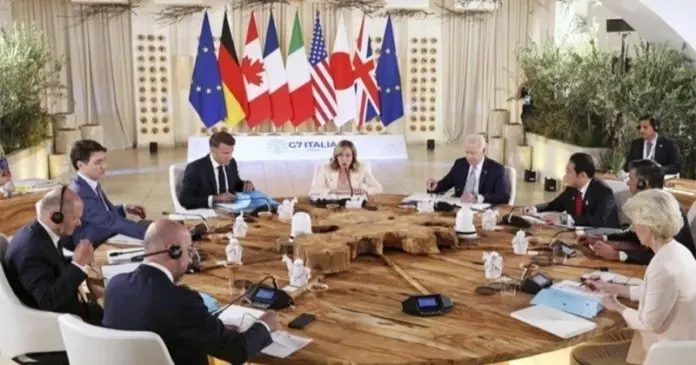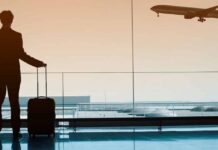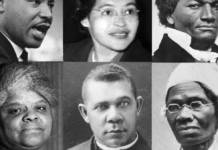The G7 Summit held in 2025 has attracted media coverage, world leaders, and the protestors to the beautiful tourist location of Kananaskis, Albert, as a high-stakes period of global relations. Held on Canadian soil, this year’s summit has a certain sentimental value not only due to the spectacular natural setting of the Rockies but also going even further back to the controversial figures returning to the global stage as former U.S. President Donald Trump.
Bilateral discussions, sharing culture, and protests on the streets, these are some of the most remarkable instances and topics of this year’s meeting of the Group of Seven countries.
A Scenic Arrival in the Rockies
On June 15, leaders started to arrive, landing in the Calgary International Airport, after which they were flown to the summit location in Kananaskis by Canadian Forces helicopters. In a second turn of attention on the U.S. President Donald Trump, this time on the world stage, he was pictured chatting with Steven Crowchild, Tsuut’ina Isgiya Minor Chief and Treaty 7 negotiator, as was one of the forms of an effort in Canada to hear the Indigenous voices in the welcome ceremonies.
It was also noted that Chancellor Friedrich Merz of Germany and President Emmanuel Macron of France arrived in a military helicopter, whereas Prime Minister Keir Starmer of the United Kingdom and Giorgia Meloni of Italy met bilaterally soon after arrival.
The Pomeroy Kananaskis Mountain Lodge was an aesthetic and practical place to host the summit in that it was a secure and remote place, yet it exemplified the Canadian opportunities of embracing beauty and trust with those of other countries.
Trump’s Return and a Shifting Tone
In contrast, this summit was the first time Donald Trump had attended the G7 in a long time, and the change in tone was quite significant. The reappearance has caused another wave of diplomatic strains and interest, especially as he is back negotiating with world leaders after a lengthened stretch of bad blood across the Atlantic during his first term. USA Today reported that Trump appeared to surprise some of his allies and drive fresh arguments about his earlier position on tariffs, multilateral pacts, and NATO spending.
Nonetheless, Trump’s arrival was met with both diplomatic civility and protest, underscoring the divided global reception to his renewed leadership role.
A Focus on Global Unity and Local Traditions
Canadian Prime Minister Mark Carney, hosting his first G7 summit, was greeted warmly upon his arrival and emphasized Canada’s commitment to bridging geopolitical divides. The Canadian government worked closely with Indigenous leaders to include ceremonial and cultural elements in the summit’s opening moments. Images captured Crowchild offering blessings and representing Treaty 7 traditions—underscoring Canada’s ongoing efforts toward Indigenous reconciliation.
The summit also saw symbolic gestures such as members of the Royal Canadian Mounted Police stopping to photograph Marine One, the U.S. presidential helicopter, shortly after Trump’s arrival. These small moments reminded attendees of the blend between tradition, security, and spectacle that defines global summits.
Protesters Return to the Spotlight
As with nearly every G7 summit in recent decades, public demonstrations made their mark. In Calgary, groups of protesters gathered near the airport and on key streets to voice concerns ranging from climate change and Indigenous rights to economic inequality and military spending. Signs reading “People Over Profit” and “Planet Before Politics” were raised as leaders flew overhead en route to Kananaskis.
Also read: Trump Mobile Launches with T1 Phone: Unlimited Plan at $47.45
Key Bilateral Moments
The summit featured a number of notable bilateral meetings before the formal discussions began. Britain’s Keir Starmer and Italy’s Giorgia Meloni met to discuss trade, migration, and European security. Their meeting set the tone for deeper discussions expected later in the summit on NATO coordination, energy stability, and AI governance.
While formal policy announcements are expected in the coming days, these early interactions give insight into evolving alliances and emerging global concerns in a post-pandemic, increasingly fragmented world.
A Summit Symbolized by Landscape and Legacy
The decision to host the G7 in Kananaskis carries a legacy element as well—Canada previously hosted the G8 (before Russia’s suspension) at this same mountain resort in 2002. At that time, the global agenda focused on terrorism and economic development. In 2025, the world’s challenges are different—AI regulation, climate change, and global trade wars—but the location still represents continuity and connection.
A large G7 2025 sign displayed on the Pomeroy Lodge lawn served as a striking visual, framed by snow-capped mountains and evergreen trees. For leaders and the public alike, it served as a backdrop not only for photo ops but also for the serious diplomatic decisions unfolding inside.
Conclusion
The G7 Summit in Kananaskis, Canada, has opened with dramatic arrivals, strategic meetings, and vocal public presence. With pressing global issues on the agenda and powerful personalities at the table, the coming days will reveal whether this scenic summit can produce meaningful action or simply more political theater. Either way, the 2025 G7 gathering has already made an indelible impression—on both the world stage and in the hearts of Canadians proud to host it.








